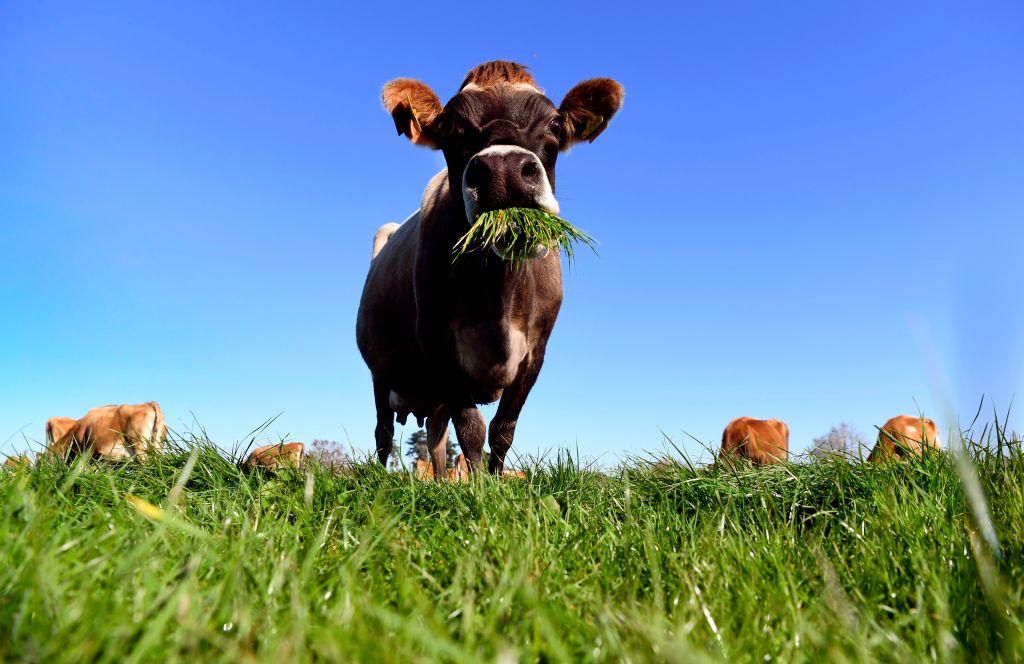New Zealand’s agriculture leaders have released a plan for the sector to have its own pricing system on gas emissions from 2025 in a bid to avoid joining the nation’s Emissions Trading Scheme (ETS).
The agriculture sector is the country’s largest emitter of greenhouse gas emissions but is exempt from its ETS, drawing significant criticism.





